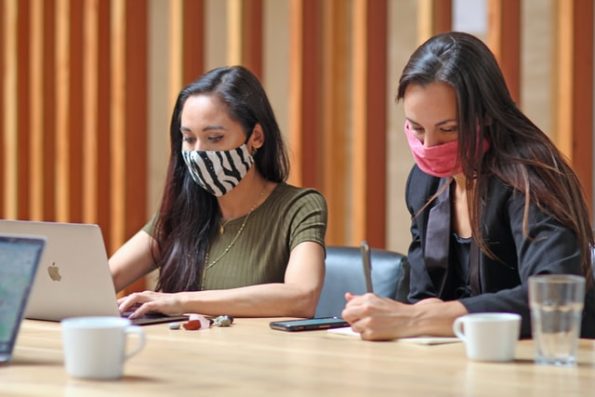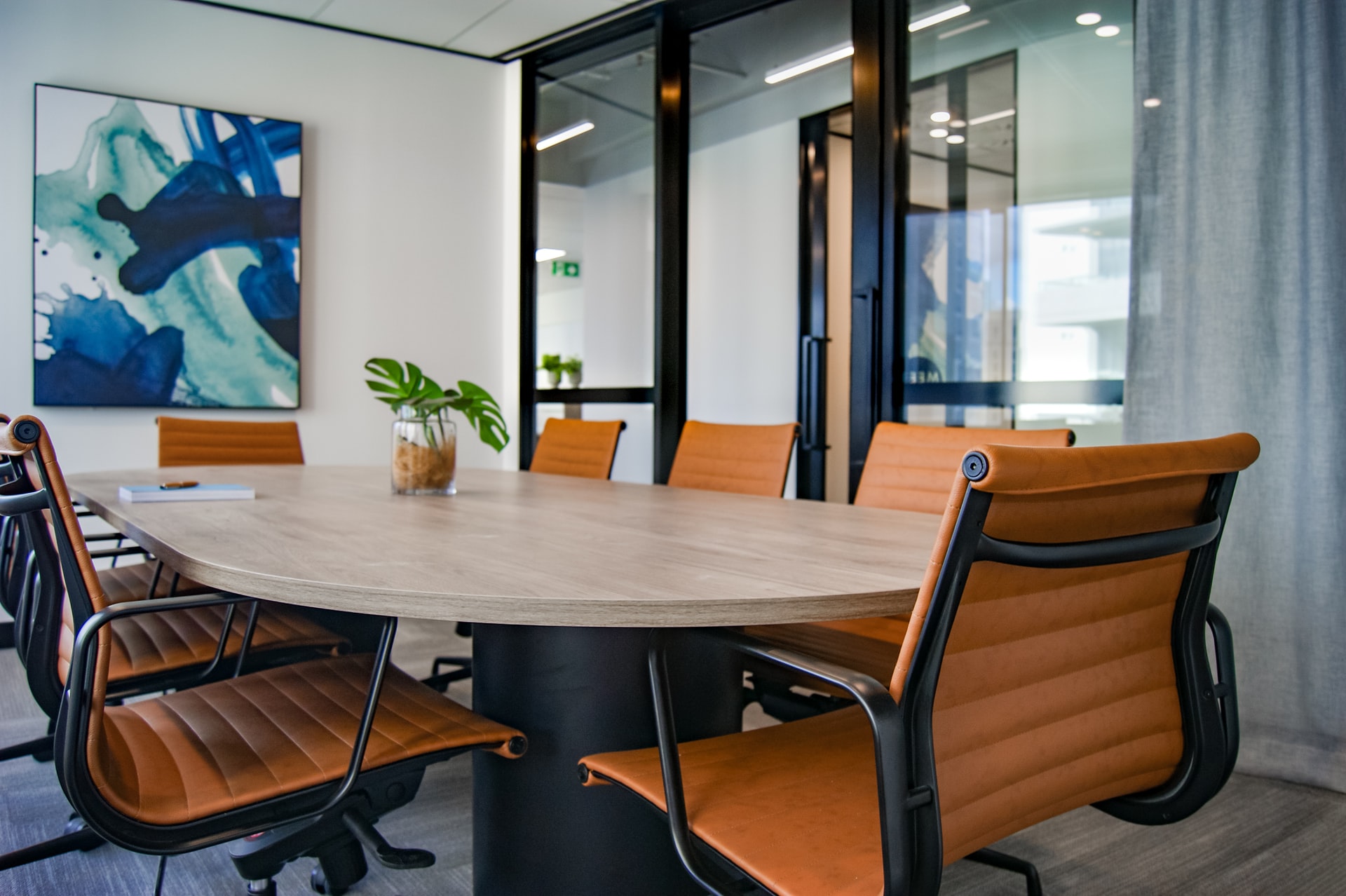With fewer positive cases and decreasing mortality rates, the second wave of COVID-19 is slowly receding in India. Though state governments have started easing lockdown restrictions, many businesses are letting their employees work from home in view of their safety and an impending third wave.
However, despite the benefits offered by the work-from-home (WFH) model, not everyone is enthusiastic about it. Many employees favor working from coworking spaces, neighborhood offices, and other flexible work arrangements rather than continuing to #WorkFromHome.
Wondering why? Let’s examine the top 5 reasons why shared offices are a preferred choice of employees for working post-COVID second wave.
5 reasons why shared offices are a preferred choice of employees for working post COVID second wave
- Employees Crave More In-Person Time with Their Teams
- Employees Need Professional Networks More Than Ever
- Digital Exhaustion is Taking Over WFH Teams
- Long-Term WFH is Affecting the Mental Health of Employees
- Working from Home is Not a Productive Experience for Everyone
1. Employees Crave More In-Person Time with Their Teams
Microsoft released the India-specific findings of its annual Work Trend Index in June 2021, and it reveals an interesting paradox. While 74% of employees in India want flexible and remote working options, 73% of them are looking for more in-person interactions with their teams.
It makes one thing clear – a work arrangement that combines remote working and face-to-face interactions is the way to go. Coworking serves as the best solution for companies looking for sustainable back to office plans after the second wave. Working from shared offices gives employees the flexibility of remote working while they also get to spend quality time with their teams.
2. Employees Need Professional Networks More Than Ever
Networking is integral to the productivity and career growth of employees. It is not just about meeting people over coffee or lunch – professional networking also helps build social connections, facilitates knowledge sharing, and stimulates ideas, all of which lead to innovation. In a business ecosystem wrecked by the pandemic, we need networking and innovation more than ever.

One of the main work from home disadvantages is that people don’t get opportunities to network with their contemporaries. As the second wave of COVID-19 is settling down, more and more employees are favoring coworking as it enables networking and collaboration within the business community.
3. Digital Exhaustion is Taking Over WFH Teams
When COVID-19 first hit the world and disrupted business activities, companies turned to digital solutions as a means to communicate and collaborate with their WFH teams. More than a year and a half into the pandemic, surveys show that digital exhaustion has started hitting employees working from home.
While there is no denying that digital technologies are the best way to collaborate during the pandemic, having a workplace other than home helps your workforce deal with digital exhaustion. By working from coworking spaces, teams can reduce the number of online meetings, long video calls, and other forms of digital overload to a considerable extent.
4. Long-Term WFH is Affecting the Mental Health of Employees
Mental health is another reason why employees choose shared offices as their preferred mode of working post covid 2nd wave. Even the first wave of the pandemic has seriously affected the mental wellbeing of WFH teams due to isolation, stress, and burnout, say surveys. The second wave has only amplified these impacts.
One of the best ways to combat such work from home disadvantages is to have a remote workplace where employees feel supported. By working from community-inspired and collaborative workplaces like coworking offices, professionals and entrepreneurs can escape isolation and get the support they need to tide over the challenging times.
5. Working from Home is Not a Productive Experience for Everyone
Despite its merits, the WFH model widens certain social inequalities. Working from home might be a productive experience for a person living in a 2000 sq ft villa with a fully-furnished home office. However, it is not so for someone living in a small apartment without a designated work area or ergonomic furniture. Likewise, studies have found that women working from home are often pressed down with domestic chores.
Since the transition to WFH happened fast during the first wave, many employees didn’t have a choice but to turn their bedrooms and kitchens into offices. However, with the second wave settling down, they are looking for productive, professional, and well-equipped workspaces, such as coworking offices, rather than continuing to work from make-shift home offices.
Final Thoughts
With isolation, distractions, digital exhaustion, lack of in-person interactions, and dwindling networking opportunities, long-term WFH has started taking a toll on employees. Given that remote working is the future of many companies, employees need a flexible, well-equipped, supportive, and productive work environment. Working from shared offices is a far more sustainable solution than working from home in this regard.
So, what are your #BackToOffice plans after the second wave? If you are looking for fully-equipped shared offices in Gurgaon, Noida, and South Delhi, contact The Office Pass (TOP) right away.



